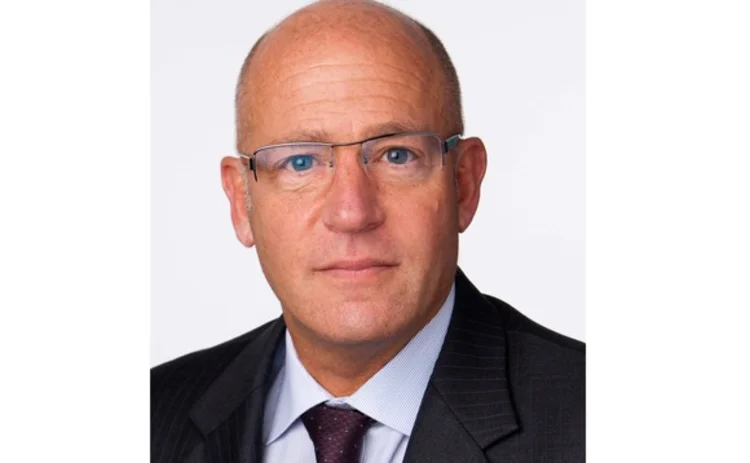Citi to Standardize Listed-Derivatives Trading with Fidessa

The project, slated for completion in the first half of 2012, will replace a patchwork of legacy internal and third-party hosted systems. It will connect Citi to 28 global markets via 14 gateways hosted in Fidessa's Chicago, Hong Kong, London, Mumbai, Sydney and Tokyo datacenters
"One of the most pressing needs was to have a consistent execution offering across the board on a global basis," says Jerome Kemp, managing director and global head of exchange-traded derivatives at Citi. "This was clearly one of my top priorities when I started in early 2011."
It took about 12 weeks to select a vendor, according to Kemp. "We did not go through a formal request-for-proposal (RFP) process, since the number of offerings in this space with the necessary level of sophistication is limited,” he says.
Kemp's team evaluated each offering based on market reach, vendor support, available algorithmic strategies and latency.
"Measuring the return on investment (ROI) of any vendor platform is more of an art than a science," says Kemp. "The best indication will be the amount of throughput coming across the platform as well as the new clients we will be able to recruit with the launch of this trading technology."
This implementation is Fidessa’s second at Citi, which deployed the vendor's equities trading offering earlier this year.
Kemp says Citi expects to see some savings by decommissioning multiple legacy systems and exchange connections.
"Fidessa will manage all the physical servers, market connections, market data and client-screened deployments as well as the application programming interfaces (APIs) and physical links to the exchanges," says Dan Smalley, senior vice president and director of business development at Fidessa.
Citi will begin the first phase of user acceptance testing (UAT) in early December. Once each phase's testing is done, the bank will put those portions of the interface and market access into production.
"From day one, we expect to have system functionality within our various locations globally," says Kemp. "As we continue, we will add markets and more functionality. We do not want a situation where one location can access a market and another cannot."
"Anyone from any location will have access to market data, data visualization and trading capabilities on those markets," adds Smalley.
Only users who have a paid subscription or are part of a corporate subscription are able to print or copy content.
To access these options, along with all other subscription benefits, please contact info@waterstechnology.com or view our subscription options here: http://subscriptions.waterstechnology.com/subscribe
You are currently unable to print this content. Please contact info@waterstechnology.com to find out more.
You are currently unable to copy this content. Please contact info@waterstechnology.com to find out more.
Copyright Infopro Digital Limited. All rights reserved.
As outlined in our terms and conditions, https://www.infopro-digital.com/terms-and-conditions/subscriptions/ (point 2.4), printing is limited to a single copy.
If you would like to purchase additional rights please email info@waterstechnology.com
Copyright Infopro Digital Limited. All rights reserved.
You may share this content using our article tools. As outlined in our terms and conditions, https://www.infopro-digital.com/terms-and-conditions/subscriptions/ (clause 2.4), an Authorised User may only make one copy of the materials for their own personal use. You must also comply with the restrictions in clause 2.5.
If you would like to purchase additional rights please email info@waterstechnology.com
More on Trading Tech
Recent volatility highlights tech’s vital role in fixed income pricing
MarketAxess’ Julien Alexandre discusses how cutting-edge technology is transforming pricing and execution in the fixed income market amid periodic bouts of volatility
Banks fret over vendor contracts as Dora deadline looms
Thousands of vendor contracts will need repapering to comply with EU’s new digital resilience rules
Where have all the exchange platform providers gone?
The IMD Wrap: Running an exchange is a profitable business. The margins on market data sales alone can be staggering. And since every exchange needs a reliable and efficient exchange technology stack, Max asks why more vendors aren’t diving into this space.
This Week: Trading Technologies completes ANS deal; State Street; Equinix; and more
A summary of the latest financial technology news.
Interactive Brokers looks beyond US borders for growth opportunities
As retail trading has grown in volume and importance, Interactive Brokers and others are expanding international offerings and marketing abroad.
JP Morgan’s goal of STP in loans materializes on Versana’s platform
The accomplishment highlights the budding digitization of private credit, though it’s still a long road ahead.
As data volumes explode, expect more outages
Waters Wrap: At least for those unprepared—though preparation is no easy task—says Anthony.
This Week: ICE Bonds and MarketAxess plan to connect liquidity networks, TS Imagine, Bloomberg, and more
A summary of the latest financial technology news.







